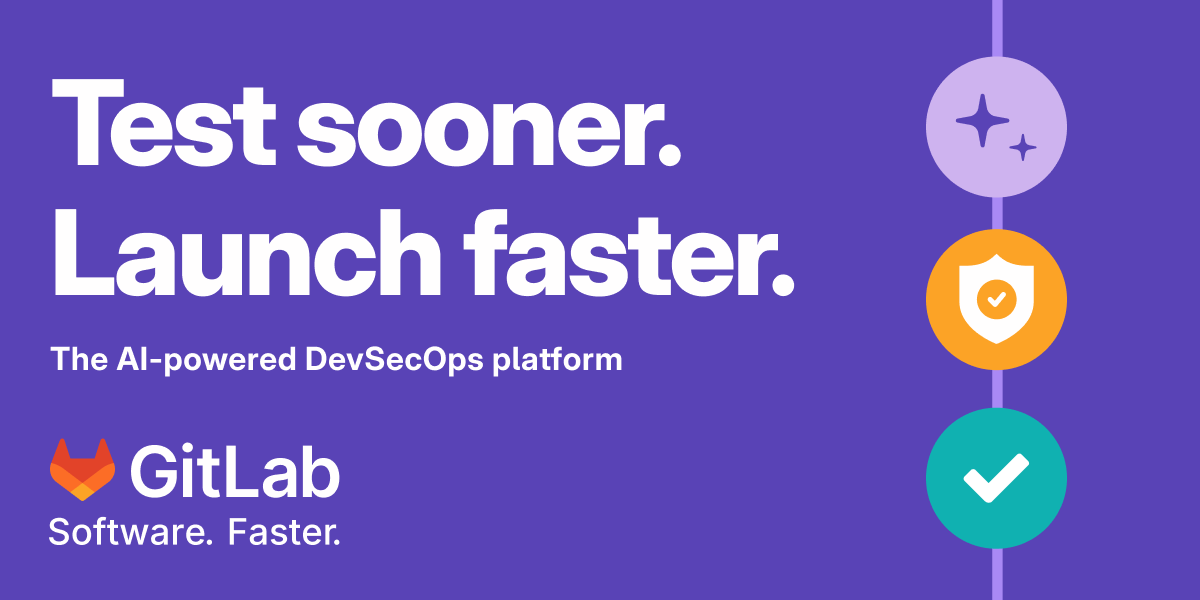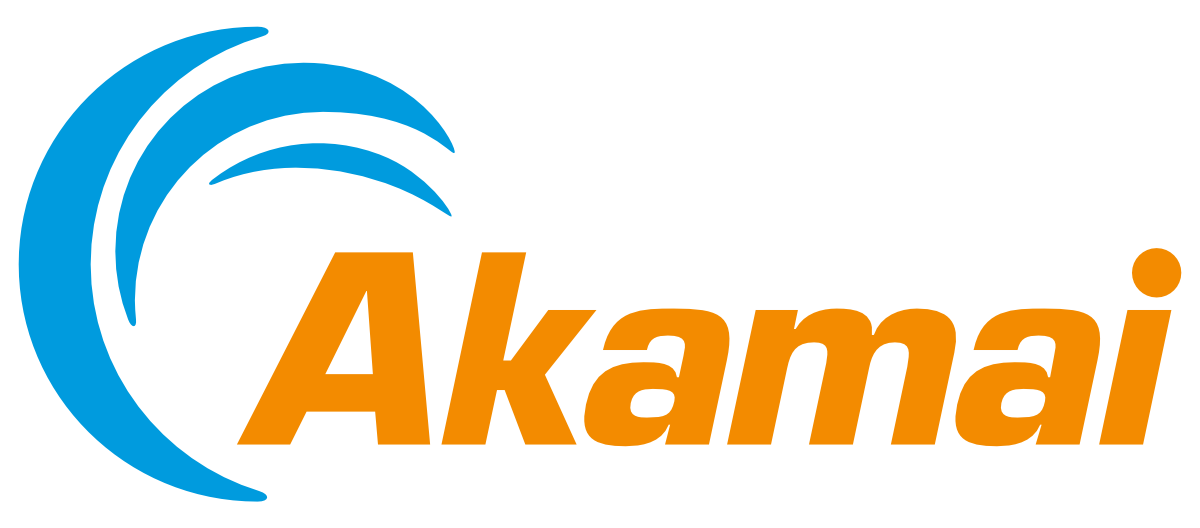VMblog: If you were giving a KubeCon attendee a quick overview of the company, what would you say? How would you describe the company?
Haseeb Budhani: Rafay provides a SaaS-first cloud infrastructure automation and consumption workflow management platform for enterprise platform engineering teams to deliver a Platform-as-a-Service (PaaS) experience to developers and data scientists. The Rafay Platform streamlines cloud-native and AI infrastructure adoption across public and private clouds at the lowest cost and with the fastest time to market.
The Rafay Platform enables platform engineering teams to take a systematic, design-first approach to platform engineering, as opposed to the trial-and-error method many organizations use today to build internal platforms. As a catalyst for platform teams, the Platform helps organizations better meet developer and data scientist needs by simplifying day-to-day cloud operations through automation, standardization and centralization. With Rafay, platform teams can focus on understanding and meeting developers' and data scientists' needs, rather than getting mired in undifferentiated heavy lifting.
VMblog: Can you talk more about Rafay's design-first approach to platform engineering?
Budhani: At Rafay, we strongly believe that platform engineering programs should be operated the way product development programs tend to operate within companies. Product programs start with clarity on the end customers' needs and UX expectations, long term road maps and direction, and violent agreement on architectural choices up front. Platform engineering should function the same way. Our emphasis on helping enterprises adopt a design-first approach to cloud-native and AI initiatives is setting the stage for a best-practices playbook that all enterprises can follow. Through the use of our Platform's differentiated capabilities, customers can define configuration standards, centralized policy and resource allocation decisions, keep operational and cloud costs low, and ultimately deliver self-service consumption workflows to developers and data scientists. Rafay helps organizations navigate cloud-native complexities with confidence.
VMblog: How can attendees of the event find you? What do you have planned at your booth this year? What type of things will attendees be able to do at your booth?
Budhani: At booth R32 attendees will be able view a short demo of how we enable a GPU PaaS, GenAI playgrounds, ML workbenches, and multi-tenant Kubernetes.
VMblog: What do you attribute to the success and growth of the cloud-native and Kubernetes industry? And what needs improvement?
Budhani: The cloud-native movement exploded because companies needed to modernize fast, and Kubernetes emerged as the best way to run modern apps at scale. What started with tech giants and startups soon spread across industries as the CNCF community made containers more accessible. Companies big and small jumped in, seeing how containers could speed up their software delivery.
However, this massive shift created new challenges. Recent research from Rafay Systems exposed that 93% of companies now struggle with Kubernetes management, especially around cost control and cloud complexity. Enter platform teams: these teams have become the heroes figuring out how to give developers freedom to build while keeping security and costs in check. It's like giving developers a fast car with built-in safety features. Nine in ten companies now have platform teams or plan to build one within a year.
At Rafay, we're tackling these challenges head-on by building tools that help platform teams succeed. As companies push into AI and more complex cloud-native apps, platform engineering becomes even more crucial. The secret sauce? Giving engineers powerful self-service capabilities while maintaining those critical guardrails. When you nail the balance of giving teams both speed and safety, they can build amazing things.
VMblog: Can you double click on your company's technologies? And talk about the types of problems you solve for a KubeCon + CloudNativeCon attendee.
Budhani: The role of the platform engineering team is to deliver workflows and tools that help developers and data scientists move fast and deliver products that contribute to a business' success. This means they have to make essential infrastructure available to internal customers very quickly. For this to be possible, self-service consumption of infrastructure for internal customers is ideal. That said, platform teams often lack a holistic, strategic vision for internal platforms and tend to resort to quick fixes. This results in redundant tooling, compatibility issues, wasted resources and ultimately, lower adoption.
The Rafay Platform provides platform teams with the tools and resources to focus on understanding and meeting developers' and data scientists' needs rather than getting sidelined by new technology. Our capabilities are designed to organically instill design-first thinking into platform engineering, resulting in standardized workflows that deliver a PaaS experience to internal customers. Our approach allows every platform engineering team to maximize their impact, addressing the demands of cloud-native and AI-enhanced software development.
VMblog: While thinking about your company's solutions, can you give readers a few examples of how your offerings are unique? What are your differentiators? What sets you apart from the competition?
Budhani: Platform teams use Rafay's comprehensive platform to enable cloud-native and AI adoption that is cost-effective and stays within enterprise guardrails. This saves organizations massive amounts of time and money so they're not tasked with all of the trial-and-error of building internal developer platforms.
Our systematic, product-led approach to platform engineering is unique and encourages platform teams to adopt a "platform as a product mindset" and treat internal platforms with the same care as customer-facing products.
We also can't ignore the fact that the world is prioritizing GenAI investments to better compete in their respective markets. The GPU-as-a-Service market is only going to continue to expand, as it's projected to reach $17.2 billion by 2030. For these reasons, we have made strategic adjustments to our platform capabilities to address the market's urgent need for scalable solutions to connect data scientists and developers with scarce, expensive, accelerated computing infrastructure.
While other solutions in the market are focusing solely on Kubernetes, Rafay unifies disparate pockets of automation and tooling, bringing order to cloud and AI chaos. By facilitating customizable self-service workflows through a PaaS layer for developers, platform teams using Rafay can reduce toil and efficiently govern modern compute environments while ensuring developers can access the resources they need quickly, without compromising security and compliance.
VMblog: Where does your company fit within the container, cloud, Kubernetes ecosystem?
Budhani: The Rafay Platform addresses a number of high-level use cases that fall under both the cloud-native and Kubernetes ecosystem. From Kubernetes cluster lifecycle management and multi-tenant cluster consumption, to cloud standardization and cloud cost optimization, we enable our customers to deliver a self-service experience for developers and data scientists by leading them through the golden path of automation to standardization to centralization.
VMblog: With regard to containers and Kubernetes, is there anything holding it back from a wider distribution? If so, what is it? And how do we overcome it?
Budhani: Kubernetes and containerization adoption isn't as fast as it could be because of lack of enterprise-specific standardization and centralization capabilities. Because of this gap, each enterprise needs to build large, super-skilled teams which is not possible for every enterprise to do. Products like Rafay address this gap through the company's templatization and blueprinting features that tie into the company's PaaS capabilities to deliver governed, self-service workflows that result in enterprises needing very small platform engineering teams that can scale across 10s of business units, each with hundreds of developers.
VMblog: Are companies going all in for the cloud? Or do you see a return back to on-premises? Are there roadblocks in place keeping companies from going all cloud? And if so, what are they, and how do they address that challenge?
Budhani: Only about two years ago, it was a very "cloud only" environment with some companies ready to get rid of their data centers altogether. The reality is, many businesses still have over half their data living outside of the cloud - and it will likely stay there based on what makes the most sense for their use case (in high stakes environments such as healthcare, for example). Therefore, hybrid cloud strategies are alive and well, especially with the proliferation of AI.
Organizations can maintain on-premises GPU infrastructure for consistent, high-priority workloads while using cloud GPUs for burst capacity. This avoids complete lock-in to cloud providers' premium GPU pricing and grants better control over total cost of ownership for expensive AI infrastructure.
VMblog: The keynote stage will be covering a number of big topics, but what big changes or trends does your company see taking shape for 2025?
Budhani: Organizations are sitting on "data graveyards" - repositories of historical information that became too resource-intensive to maintain or analyze. This is largely because it can be expensive to tag data and keep track of it. Many companies defaulted to "store everything, analyze little" approaches due to the complexity and high costs related to data management.
Yet valuable insights remain buried in emails, documents, customer interactions and operational data from years past. With GenAI tooling, there's an opportunity to efficiently process and analyze unstructured data at unprecedented scale. Organizations can uncover historical trends, customer behaviors and business patterns that were too complex to analyze before. Previously unusable unstructured data will become a valuable asset for training domain-specific AI models.
VMblog: Are you giving away any prizes at your booth or participating in any prize giveaways?
Budhani: Yes, at Rafay booth R32 we will be giving away micro racecars as well as a chance to win a $500 gift card for an Xtreme Xperience supercar driving experience.
VMblog: Is your company sponsoring any type of party or get together during the event that you'd like to notify attendees about?
Budhani: Rafay is a gold sponsor of Platform Engineering Day, a CNCF co-located event taking place on November 12th. You can register here, we hope to meet you there!


















